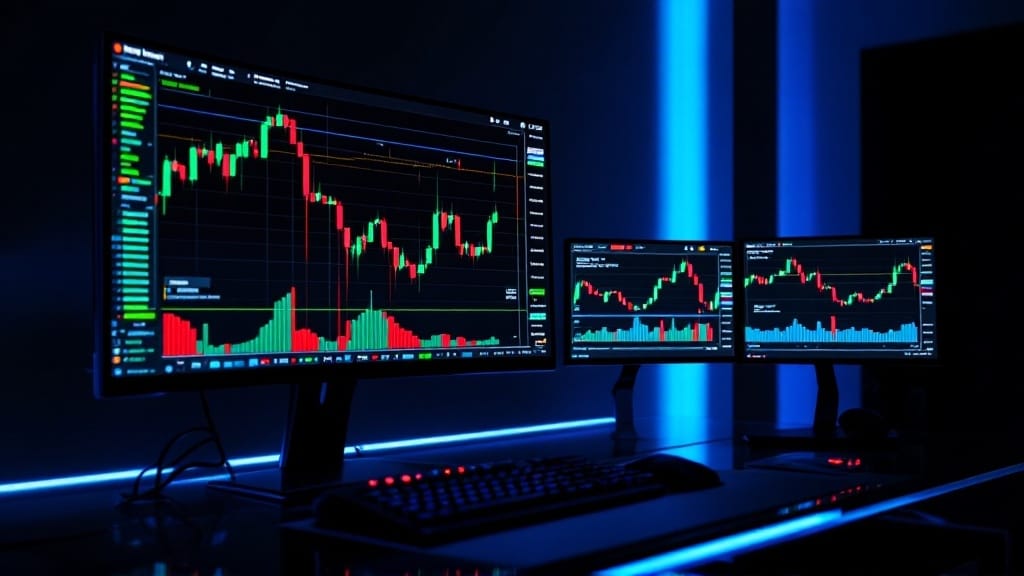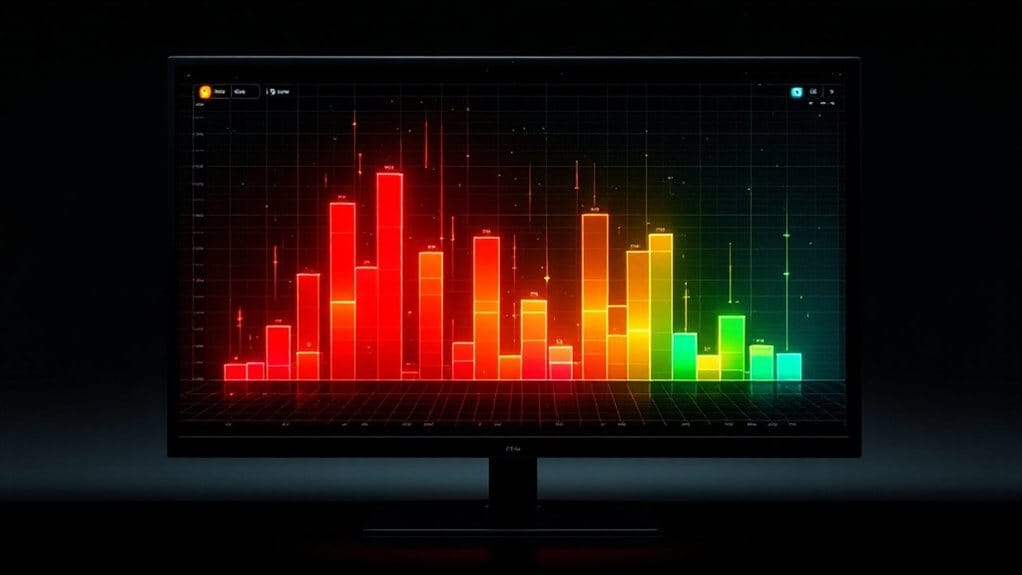Spot trading in cryptocurrency markets involves the direct purchase or sale of digital assets at current market prices with immediate settlement. The process occurs on centralized exchanges like Binance or decentralized platforms using smart contracts, where traders execute market orders based on available liquidity. Unlike futures trading, spot transactions require no borrowing and provide instant ownership of assets, making it suitable for both short-term trading and long-term investment strategies. Understanding spot trading fundamentals opens the door to advanced cryptocurrency market participation.

While traditional financial markets have long established trading mechanisms, spot trading in cryptocurrency markets represents one of the most fundamental and straightforward methods of digital asset exchange. In this system, traders execute transactions at current market prices, with ownership of digital assets transferring immediately upon completion of the trade, eliminating the complexities associated with futures or derivatives trading.
The mechanics of spot trading operate through different platforms, including centralized exchanges like Binance and Coinbase, decentralized exchanges utilizing smart contracts, and over-the-counter trading services. These platforms facilitate immediate transactions by matching buyers and sellers through order books or automated market makers, with market orders executing at the best available price based on current liquidity conditions. The high liquidity levels characteristic of spot trading ensures efficient and quick transaction execution. This trading method is particularly well-suited for those seeking to hold assets long-term while maintaining complete ownership of their investments.
Spot trading offers several distinct advantages for cryptocurrency traders, particularly in its simplicity and accessibility. Unlike margin trading, spot transactions don’t involve borrowing, protecting traders from potential margin calls while still allowing them to capitalize on market movements. The immediate settlement nature of spot trading provides traders with full ownership and control of their assets, though this also means they bear complete responsibility for asset security. Using hardware wallets can significantly enhance the security of spot-traded cryptocurrencies.
Market dynamics in spot trading are driven purely by supply and demand forces, with prices fluctuating based on real-time market conditions. Traders must remain vigilant, as cryptocurrency markets operate 24/7 and can experience significant price volatility. Successful spot trading typically involves a combination of technical analysis, fundamental research, and strategic timing of entries and exits.
Traders can employ different strategies within the spot trading framework, from short-term day trading to long-term investment approaches like dollar-cost averaging. While the absence of borrowing may limit potential gains compared to margin trading, it also provides a more stable foundation for building trading expertise.
The direct nature of spot trading, combined with generally lower fees compared to futures trading, makes it an attractive option for both newcomers and experienced traders in the cryptocurrency market.
FAQs
How Long Does It Take for a Spot Trade to Settle?
Cryptocurrency spot trades typically settle within minutes to a few hours, depending on the exchange platform and network conditions.
Major exchanges like Binance and Coinbase process settlements almost instantaneously, while decentralized exchanges (DEXs) may require blockchain confirmation times.
Settlement speed is influenced by factors including:
- Network congestion
- Exchange processing systems
- Transaction volume
- Blockchain verification requirements
Can I Cancel a Spot Order After It’s Been Placed?
Spot orders can be canceled before they are filled, provided the order remains in a pending state.
Once an order is executed and matched with a counterparty, it cannot be reversed.
Most cryptocurrency exchanges offer straightforward cancellation options through their trading interfaces, allowing users to locate pending orders and click “Cancel.”
For multiple open orders, exchanges typically provide bulk cancellation features to streamline the process.
What Happens if There’s a Network Outage During My Trade?
During a network outage, several immediate disruptions can affect ongoing trades.
Pending orders may experience delays or remain unprocessed until network restoration, while completed trades might not be immediately reflected in account balances.
Market volatility typically increases during outages, potentially affecting order execution prices.
Traders should monitor platform status pages for updates and consider implementing contingency measures like using alternative networks or decentralized exchanges for critical transactions.
Are Spot Trading Fees Different During High Market Volatility?
Spot trading fees can fluctuate during high market volatility due to several factors.
Wider bid-ask spreads typically result in higher effective costs, while increased trading volumes may trigger different fee tiers.
Network congestion during volatile periods often leads to heightened transaction fees, particularly on blockchain networks.
Some exchanges maintain fixed commission structures regardless of volatility, while others implement dynamic fee adjustments based on market conditions.
Which Cryptocurrencies Have the Highest Spot Trading Volumes Globally?
Bitcoin consistently leads global spot trading volumes, typically accounting for over 40% of total market volume, followed closely by Ethereum with 15-20% market share.
Tether (USDT) dominates trading pairs across exchanges, representing approximately 60% of total volume when considering stablecoin markets.
Other significant contributors include USDC and occasionally Dogecoin, particularly during market rallies or notable price movements.









